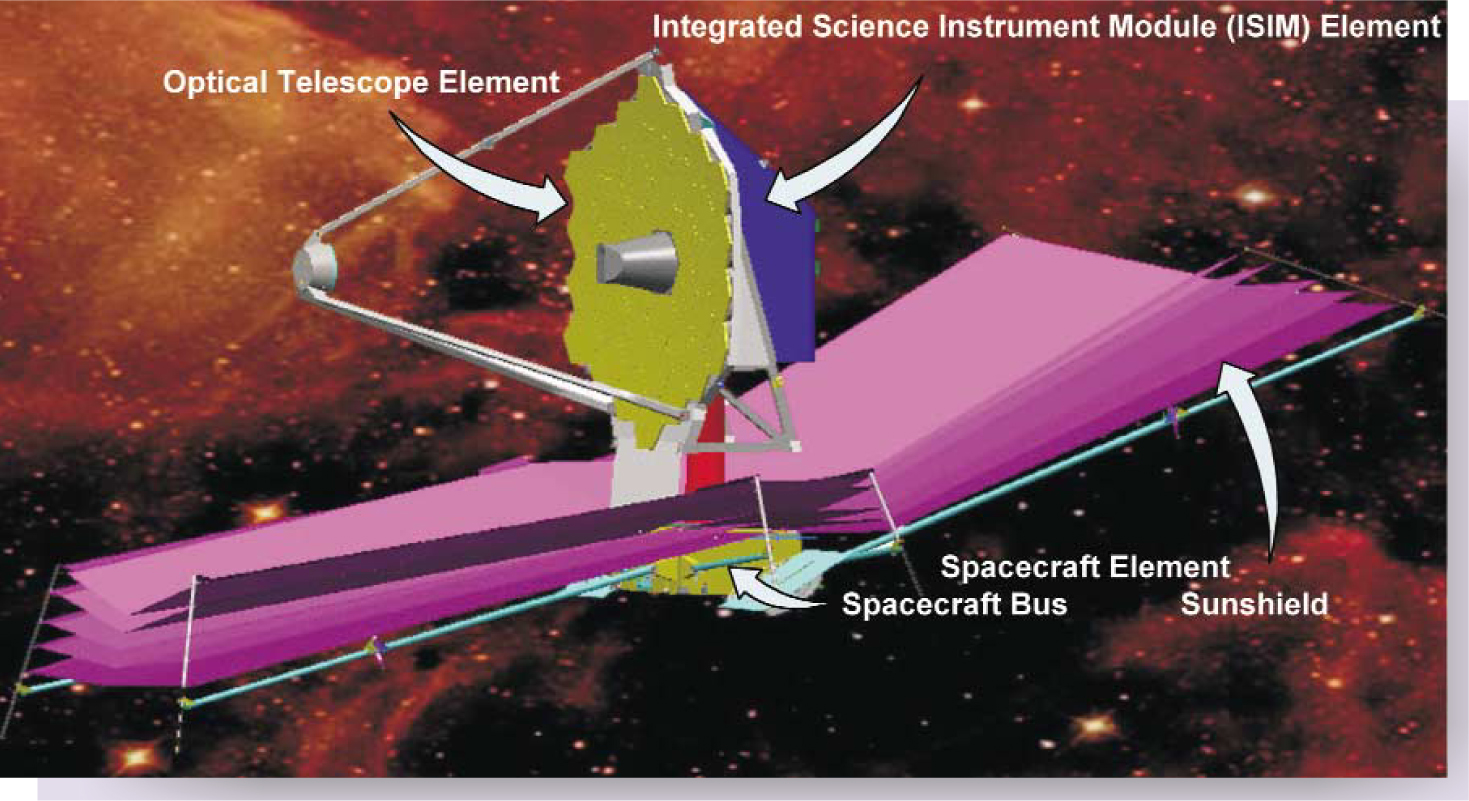Work Progresses on Next-Generation Space Telescope
DOI: 10.1063/1.1620826
Once technical and financial difficulties are beaten, the James Webb Space Telescope will collect data about galaxy, star, and planetary system formation, and interstellar dust. “Nearly all the construction contracts are signed for JWST and we’re now working on the detailed design plans,” says John Mather, the telescope’s project scientist at NASA’s Goddard Space Flight Center in Greenbelt, Maryland (see Physics Today, November 2002, page 30
NASA expects to decide this month which type of mirror to use for observing at wavelengths of 1–5 microns. The choice is between a lightweight beryllium-based mirror, which has good thermal and stiffness properties, and a heavier glass-based mirror, which is cheaper and easier to fabricate. The telescope will be launched from a European Ariane V rocket, which will save NASA roughly $100 million.
Over the past eight years, JWST’s budget has ballooned from $600 million to $2.5 billion. Although NASA officials say they are confident that the budget is now under control, to keep JWST on track, the agency will likely cancel the telescope’s mid-infrared instrument. That would disappoint members of the Association of Universities for Research in Astronomy, who say maintaining the current JWST design specifications is their second highest priority after UV and optical space-based observatories—in other words, the Hubble Space Telescope (see accompanying story).
Moreover, if cost overruns continue, the planned 2011 launch date may be pushed back. “The average delay from the start of construction for a science mission is 1.8 years, and we’re 3 years away from that point,” Mather says.

The James Webb Space Telescope will not be serviced.
(Artist’s rendition courtesy of Northrop Grumman Space Technology.)

More about the Authors
Paul Guinnessy. American Center for Physics, One Physics Ellipse, College Park, Maryland 20740-3842, US . pguinnes@aip.org

